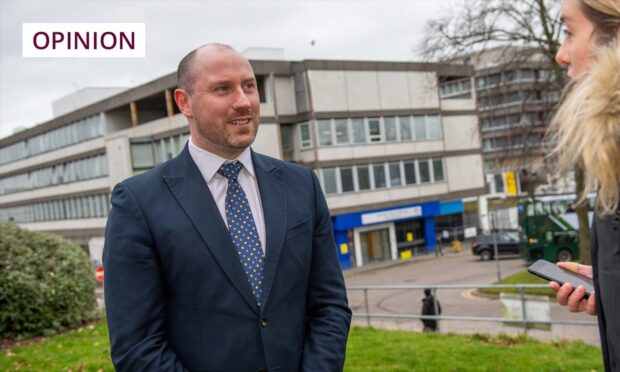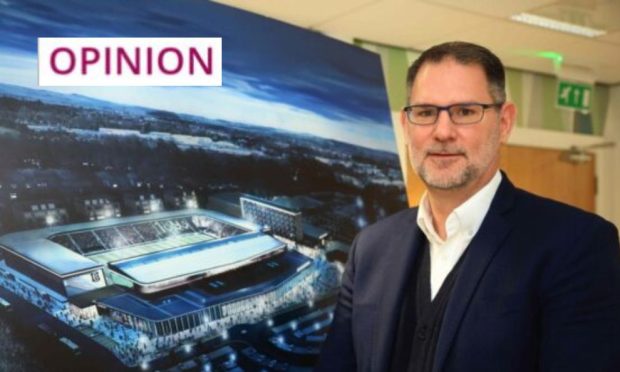September marked the tenth anniversary of the 2014 Ryder Cup at Gleneagles.
Europe comfortably defeated the United States of America on the golf course that week but the real winner, we were told, was Scotland.
An economic impact report published in the aftermath of the match, the first edition of the biennial contest to be staged on these shores in almost half a century, found that it generated £106 million for the Scottish economy.
Similarly impressive numbers were slapped next to an array of other Key Performance Indicators as blazer-wearing office-bearers congratulated one another on a job well done.
‘A bright sporting future’
Writing some months later in sportscotland’s annual review, Shona Robison, the then Cabinet Secretary for Commonwealth Games and Sport, triumphantly declared that the legacy from the Ryder Cup was already being delivered.
“As we build on the success of the past 12 months,” she insisted, “it will ensure that Scotland has a bright sporting future.”
Ms Robinson said ‘legacy’ rather a lot before, during and after the match, to such an extent it became a running joke amongst the press corps.
It’s not so funny now.
Cultural vandalism
Dundee City Council’s decision to close the golf courses at Caird Park is illustrative of an empty sentiment and broken promises.
This dreadful development, announced on Monday, is a heinous piece of cultural vandalism masquerading as necessary cost-cutting.
On April 30 next year, Dundee – Ms Robinson’s own constituency – will become the biggest city in Scotland without a public golf provision.
That’s significant for a number of reasons.
One, Scotland is the cradle of golf. Two, Dundee is the closest city to St Andrews, globally acknowledged as the sport’s birthplace. But number three? Number three is the most important.
So-called municipal golf courses, such as Caird Park, are an integral part of golf’s grassroots. They exist on the periphery of the sport’s mainstream but are utterly critical to its sustained health.
They serve people who perhaps cannot afford the fees demanded by private members’ clubs, or who want to learn to play the game in a more relaxed, less intimidating environment. I can vouch. That was me.
Lifeblood of golf
I can’t tell you how many rounds I’ve played at Knightswood in Glasgow’s west end, or Belleisle, Seafield, Girvan and Troon Links’ trio in Ayrshire. They were affordable, safe spaces where I could hack around at my leisure.

Likewise, the public putting green in Orkney where I grew up. I used it almost every day for several summers, paying 20p per round. It’s gone now.
The local authority bulldozed it in the mid-nineties to make way for two new bowling greens. But without that facility and the nine-hole course at Knightswood, for example, there’s a very good chance I wouldn’t have spent the last 21 years – my entire working life – in the golf industry.
It’s a story that many of the other 20,000 people employed by the sport in Scotland will have their own versions of.
You see, whilst St Andrews, Carnoustie and Co. deservedly command the lion’s share of the focus, courses like Caird Park are the lifeblood of golf.
They might not be fashionable. They might not make it onto many bucket lists. They certainly won’t ever host the Ryder Cup. But that’s not their purpose. Their entire reason for being is far more important than any of that.
If you take them away, you risk making golf inaccessible to a significant proportion of the population and everything that so many are trying so very hard to prevent it from becoming: the exclusive preserve of those with ‘means’.
Enlighten me, Ms Robinson. What kind of legacy is that?
Michael McEwan is the Deputy Editor of bunkered. For the latest golf news, visit bunkered.co.uk














Conversation